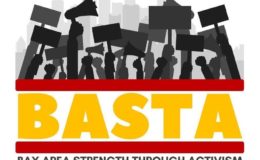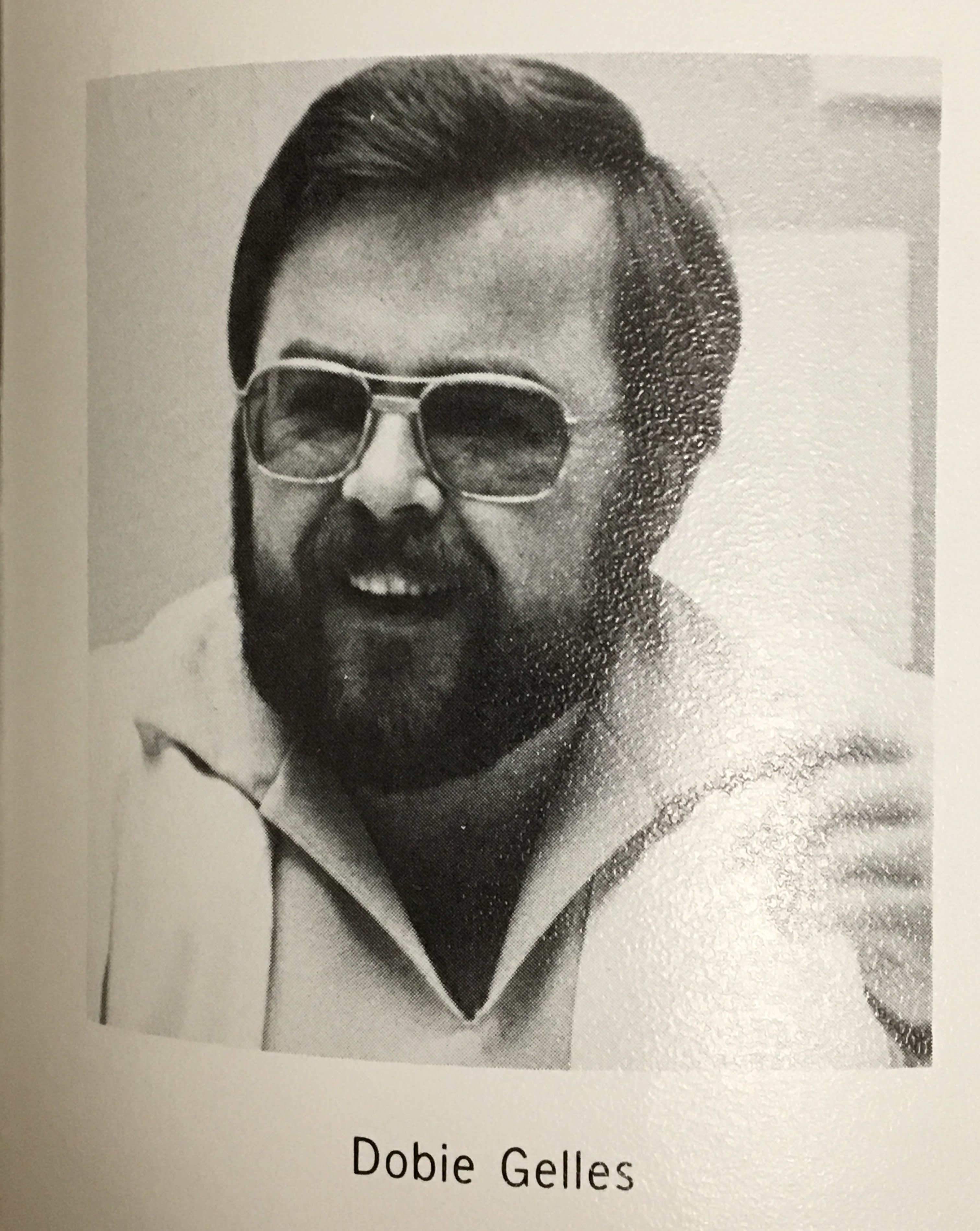At the October 20, 2014 Castro Valley MAC meeting, Art Carrera of Alameda County Public Works estimated that installing sidewalks on Anita Avenue and Somerset Avenue would cost up to $4 million for each street. Carrera also noted that about “ten years ago”, the cost of installing sidewalks everywhere needed in the unincorporated parts of Alameda County was estimated at about $400 million. Not much of a surprise, given that we know that Castro Valley needs sidewalks all over!

How can we pay for those sidewalks? For reference, the budget for Alameda County Public Works in fiscal year 2013-2014 was about $163 million (see p. 222 of the PDF). Art Carrera admitted that it could be five to ten years before we see sidewalks on Anita and Somerset, which is unacceptable to all who rely on walking in town. So let’s take a look at all the current and future (pending Measure BB passage) funding avenues for sidewalks, as well as brainstorm some new approaches for the community to organize around.
General Alameda County Funds
- Alameda County Public Works Budget: Public Works allocates $400,000 per year to sidewalk improvements in the unincorporated areas. This will double under Measure BB. However, as we see above, this is clearly insufficient for major sidewalk improvements.
- Alameda County Sidewalk Repair Program: Residents can receive a refund of up to $750 for installing a sidewalk on their property.
Grant Programs
- Safe Routes to School (SR2S) has grant programs which cover sidewalks and crosswalks on or adjacent to school grounds. In Castro Valley, these grant programs have resulted in sidewalks and a flashing crosswalk on San Miguel Avenue near Castro Valley Elementary, and sidewalks on part of Stanton Avenue near Stanton Elementary. Schools that can still be improved via a SR2S grant include Vannoy Elementary, Castro Valley High School, and Chabot Elementary, according Table 6.6-1 of the 2010 General Plan for Castro Valley. While these grants are not incredibly competitive — if you qualify you are likely to get funding — they only cover a small bit of ground.
- Caltrans Active Transportation Program (ATP) is a state program created in 2013. The main goal of this program is to increase the percentage of walking and biking trips, and by doing so improve public health in California. There are three grant programs: a statewide competitive program, a “small urban and rural” competitive program, and a “large urbanized area competitive program”. (For reference, the three grant programs total $248 million for FY 14-15.) As Castro Valley is part of the Bay Area, Alameda County Public Works applied to the large urbanized program run by the MTC for sidewalks on Anita and Somerset. This is a competitive program, with only 10 of 127 proposals recommended for funding. However, the proposals for Somerset and Anita scored low in the program. It may be that the ATP program is looking for innovative and creative projects, and not for proposals for basic infrastructure.
- Bike and Pedestrian Grant Program: Should Measure BB pass, it will include a grant program of $154 million for bicycle and pedestrian facilities in Alameda County (see p. 29). Castro Valley will qualify for these grants — and indeed, at this point we are so far behind other parts of Alameda County when it comes to sidewalks and bike lanes that we may do well in this grant program.
Parcel Taxes
- As mentioned above, a parcel tax for sidewalks was considered about ten years ago, but it was determined that there was not enough community support (as parcel taxes need a supermajority of 2/3 of the vote).
- County Service Areas (CSA) can be drawn and defined for any boundary within Alameda County. There exists a Public Works Extended Service County Service Area (PW-CSA), established in 2006, which covers the unincorporated parts of Alameda County. Regarding sidewalks:
Under PWCSA, a group of property owners could petition the County for sidewalks, a zone could be formed to provide the desired services, and a cost plan could be developed. Subsequently, a ballot process would be initiated, and if successful, the Board of Supervisors would then approve the service zone.
The PW-CSA is inactive, and Art Carrera acknowledged that no one has yet tried forming their own CSA to build sidewalks in a neighborhood. However, this mechanism exists for raising money for sidewalks in unincorporated Alameda County, or for a smaller boundary within Alameda County. (For more detail on CSAs, see p. 101 of Choices for the Unincorporated Community.)
Changing the Status Quo
In 2003, the City of Sacramento was sued for not providing accessible sidewalks under the Americans with Disabilities Act (ADA). Barden v. Sacramento set a precedent for accessibility of sidewalks. The city of Sacramento settled, and a condition of the settlement was for Sacramento to set aside 20% of its yearly transportation budget to address this, for up to 30 years.
Is there a way to achieve a similar result in Castro Valley? Do we need to sue Alameda County? (I’m only half-joking.) I know that some people — who have been around here far longer than I — are hesitant to join in a community-wide advocacy effort for more sidewalks. Historically, neighborhoods have been competing against each other for very limited resources. But what if we could band together as a community and advocate for more resources? Measure BB will help, but it won’t get us all the way there. We need to push for Alameda County Public Works to write more grant proposals that are more competitive. We need to push for Alameda County to allocate more money for sidewalks in Castro Valley. We need to find an equitable solution now, not in a year or a decade or twenty years.
(Do you care about sidewalks? Do you want to speak up for better bicycle and pedestrian infrastructure in Castro Valley? I hope to see you on Wednesday, October 29, at the Walk and Bike Castro Valley Town Hall Meeting.)
Related



